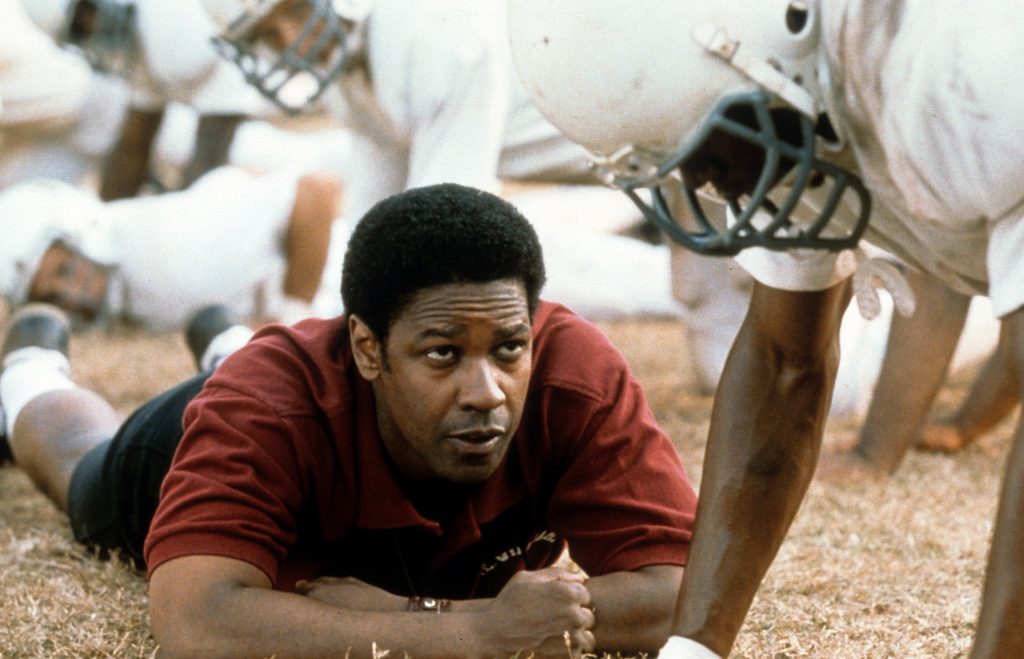A good softball bat is more than just equipment—it’s an asset in your performance. Whether you’re lively in slowpitch or fastpitch leagues, the way you take care of your bat can considerably affect allure lifespan and playability. Many performers unknowingly decrease the life of their softball bats by neglecting basic maintenance steps.
To help you buy the most useful softball gear, here’s a complete guide to softball bat care and perpetuation tips and tricks.
1. Break In Composite Bats Properly
If you’re using a composite softball bat, it needs a trespass period before arriving at peak performance.
- Start accompanying soft toss or tee work, striking 50–100 balls at about half capacity.
- Rotate the bat a quarter turn subsequently each hit to evenly spread pressure.
- Gradually increase swing intensity just before you’ve completed about 200–300 hits.
2. Avoid Extreme Temperatures
Softball bats are sensitive to weather environments. Always keep your softball bat at room temperature when not in use.
3. Use It for Its Intended Purpose
It may be tempting to use your softball bat for batting cages, accompanying dimpled appliance balls, or even for striking objects other than softballs, but this is a dangerous habit to can damage it. Machine balls are harder than ordinary softballs and can stress the bat’s form. Stick to real hide or synthetic softballs, all the while practicing and playing games to assert durability.
4. Don’t Share Your Bat Excessively
While it’s prevailing for teammates to obtain bats, frequent giving increases wear and tear. More swings mean faster disruption of the bat’s fibers, especially in composite models. If you’ve invested in a finest bat, favor limiting allure use to your swings.
5. Check and Maintain the Grip
A comfortable, secure grip is essential for control and security. Over time, grips overcome or become smooth with sweat.
6. Rotate the Bat During Use
Consistently hitting the sphere on the same spot can reveal weak points. By lightly rotating the bat in your hands with each swing, you open the impact and longer the bat’s life.
7. Clean and Store It Properly
After games, swab your bat accompanying a soft fabric to remove soil and debris. Avoid applying severe chemicals that take care of damage the finish. Store your bat upright or in a sock bag in a cool, dry place.
Conclusion
With decent care and sustenance, your softball bat can last various seasons while maintaining top condition. Remember to break it correctly, safeguard it from extreme conditions, and treat it as a form, not a toy. By following these plain tips, you’ll not only offer your bat’s lifetime but more guarantee every swing feels as powerful as the first.
















